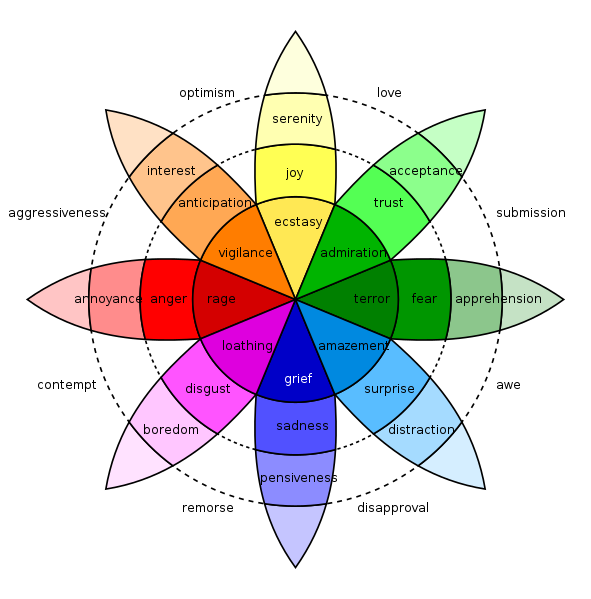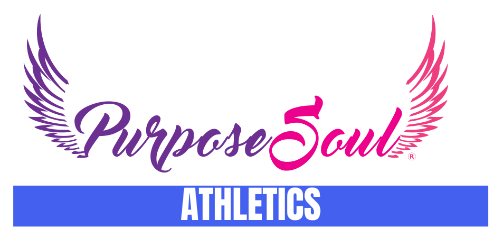If you were taught to ignore your emotions, you’re not alone. Emotional intelligence is typically not taught in schools, locker rooms, or sometimes even in homes. Emotions are as much a part of our human experience as our very breath. And like breathing, you might not think about your emotions unless there is a problem. Going a step further, when a vital physical function like breathing is problematic, you’re forced to pay attention to it. On the other hand, when your mental wellness is off-balance, you can choose to do your best to mask your emotions and continue to live your life as “normal.”
Emotions can be complicated. Sometimes, they are simple, and sometimes they are layered. I think the most striking of all is how we teach ourselves to deal with our feelings.
Some people want to ignore any emotion that they feel makes them “weak.”
“Crying does not indicate that you are weak. Since birth, it has always been a sign that you are alive.” ― Charlotte Brontë, Jane Eyre
Some people put their emotions in the driver’s seat and let them lead the ride.
“I don’t want to be at the mercy of my emotions. I want to use them, to enjoy them, and to dominate them.” ― Oscar Wilde, The Picture of Dorian Gray
While other people don’t know how to identify emotions at all.
“When you’re in survival mode, you numb yourself.” –Clemantine Wamariya
“I learned to be with myself rather than avoiding myself with limiting habits; I started to be aware of my feelings more, rather than numb them.” – Judith Wright
Notably, some of the most successful people in the world know the importance of emotional balance.
“The game is full of ebbs and flows—the good, the bad, and everything in between. With all that was going on around me, I had to figure out how to still my mind and keep calm and centered. That’s not to say my emotions didn’t spike or drop here or there, but I was aware enough to recalibrate and bring them back level before things spiraled. I could do that in a way others couldn’t, and that was really key for me.” – Kobe Bryant, Mamba Mentality (Page 175)
Why name your emotions?
Emotions are part of your existence. I like to think of them as a compass helping you to figure out where you are and where you want to go. Just like Kobe says, you can’t avoid emotions, but what you can do is become aware of them so you can choose your next step. Maybe that next step is refocusing during a game or maybe that next step is reaching out to a mental health professional to work through trauma. Whatever that next step may be, your emotions will help guide you so that you can be the best complete version of yourself inside and out whether you’re performing at work or sitting at home on your couch.
Acknowledging and accepting your emotions lowers the intensity of those feelings.
Studies have proven this very concept.
“…individuals who accept rather than judge their mental experiences may attain better psychological health, in part because acceptance helps them experience less negative emotion in response to stressors.” (Ford, Brett Q et al. “The psychological health benefits of accepting negative emotions and thoughts: Laboratory, diary, and longitudinal evidence.” Journal of personality and social psychology vol. 115,6 (2018): 1075-1092. doi:10.1037/pspp0000157)
If I told you not to think about a purple alligator with pink polka dots, could you do it? I bet you’re imagining it right now if for no other reason than because you’re processing the words you just read. As you continue to read this sentence, I bet the picture has already left your mind.
I’m not a brain expert, but certainly, experience has taught me that when I try to ignore something that’s nagging at me, it only bothers me more. But, if I acknowledge and accept it without judgment by simply bringing it into my awareness, I’ll have a much better chance of using my coping skills to let it go.
Emotions aren’t always that simple, but the bottom line is that you can’t work through them to get to the other side of freedom, love, and inner balance if you don’t acknowledge them in the first place.
How to name your emotions:
In doing the work to become aware of your emotions through tools like mindfulness, you can then learn to name what you’re feeling so that you can move forward. It might look something like:
Old thought: “Who cares what that person said to me. I don’t care what people think.”
New thought: “What that person said hurt me and made me angry, and that’s okay. I know my value and I know my worth so I’m going to let it go and focus on being happy with myself.”
Old thought: “I’m just an angry person.”
New thought: “I am feeling frustrated in this world. I deserve to feel love and peace and I know that is possible.”
Old thought: “It’s not safe to be in my feelings.”
New thought: “Feelings are part of being a human being. I’m not a robot. There are safe spaces where I can open up and find relief.”
Old thought: “I can’t feel certain things because then it means I’m weak.”
New thought: “I am feeling sad but that sadness isn’t my identity. It is a temporary feeling that deserves to be worked out. Doing that work will make me stronger.”
Exercises to help you name your emotions:
For starters, go easy on yourself. Give yourself the space and the grace to be real with yourself. When it comes to emotions, there are no right or wrong feelings. Your experience at this moment is your experience.
Also, keep in mind these are not scientific exercises and I am not a doctor. These are exercises are based on my experience and won’t be the right fit for every single person. I say this because emotions aren’t cut and dry. Take what works for you and leave the rest, but please don’t get discouraged. If none of the below exercises work for you, that’s totally okay. That doesn’t mean you’re broken or something is wrong. It just means you can work with someone to help you find the tools that are right for you.
Exercise 1. Close your eyes and take a few deep breaths. Then, fill in the blank: I am feeling _________. Whatever comes to mind first, is perfect. Don’t judge it. Just become aware of it. There are no right or wrong answers.
Exercise 2: If nothing comes to mind, imagine that a friend was having the same experience as you are right now. How would you describe how your friend is feeling?
Exercise 3: If what you are feeling right now was an emoji which one would you be? If what you are feeling right now was a color, which one would you be?
Exercise 4: Sometimes emotions have physical symptoms. Take 4 slow, deep breaths. What are you feeling in your body and where are you feeling it?
Exercise 5: Look at the photo below. Which word best describes how you are feeling right now?

Emotional work is tough but rewarding, and I believe it’s essential to the well-being of every single human being on this planet. If you want to perform at your best, clear your blocks and free your mind. Be authentic in your experience while learning to manage emotions in ways that help you rather than hurt you.

